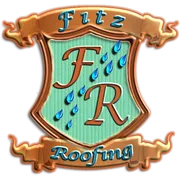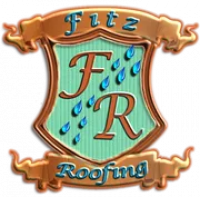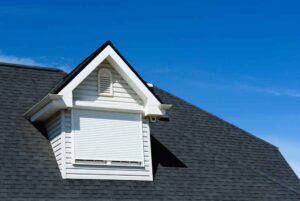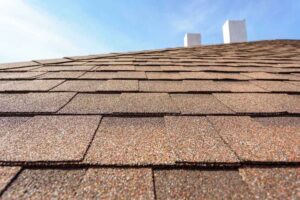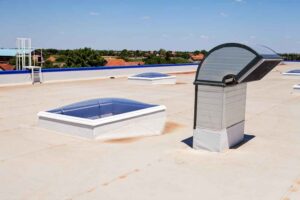While storms can occur at any time or season, they are most likely to strike during the spring. Storms can cause massive property damage, especially to your roof. If you find yourself dealing with roof storm damage, you should take the following steps to repair the damage.
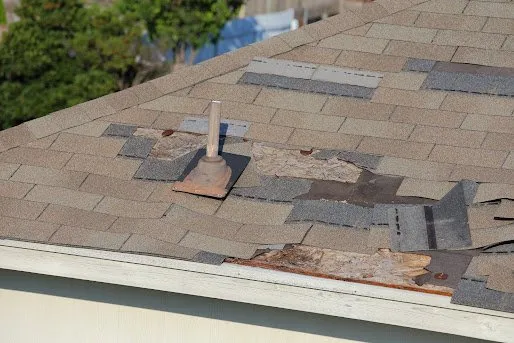
1. Keep Yourself and Your Loved Ones Safe
Safety should be a priority concern during and after a storm. Neither you nor your family members should go outside until you are sure the storm has completely passed. Other measures you can take include:
- Calling emergency hotlines for help if there are any electrical or flooding hazards
- Avoid going anywhere near downed power lines because they could still be carrying high electrical energy
- Looking out for other safety hazards like tipped furniture, broken glass, loose shingles, debris, and fallen trees
- Shutting off your main gas line and alerting your gas company and the police immediately If you suspect there are gas leaks
2. Assess the Damage
Next, assess the damage resulting from the storm. Walk around your house and note any apparent damage to your roof. Are there any missing, dented, curled, or torn shingles? What about damaged gutters and vents or exposed plywood?
Also, the roof may appear perfect on the exterior but still have some minor problems, such as leaks. Therefore, you should carefully inspect your ceilings, attic, and light fixtures for water leaks and spots. After inspecting the roof, check if there is additional damage on your property. Are there any missing fence posts, fallen trees, or debris in your yard?
As you conduct these inspections, take pictures or videos of the damage. These evidence records will be useful when filing claims with your insurance company or when expressing your needs to a roofer.
3. Make Temporary Fixes to Minimize Damage
Even before professional roofers arrive, you can do a few things to reduce damage. For instance, if your roof has a leak that is letting in water, place a bucket underneath it to protect your interior property from water damage. You may also cover the leak using a tarp.
However, avoid making any permanent fixes before an insurance adjuster has assessed the damage. Permanent repairs may reduce the compensation amount that your insurer offers.
4. Contact Your Insurance Company
Most insurance companies usually cover roof storm damage. Call your insurer and inform them of the damage caused by the storm. If you wait too long, your insurer may claim the damage was caused by something else and not the storm.
Also, most insurers today are adjusting claims virtually. This means you can have a reputable roofing contractor inspect, document, and present the property damage to your insurance company. Even if an insurance adjuster visits your residence to check the damage, you can have a roofing contractor on-site to ensure everything goes smoothly.
5. Seek Professional Roof Repair Services
While you may have covered your roof leaks with a tarp, those were only temporary fixes. Now, you need professional repairs to ensure all damage has been fixed. The severity of damage will determine the roofing repairs needed. If your roof has extensive damage, you may even need a complete roof replacement.
Ensure you hire a company with reputable roofing contractors who have experience dealing with storm-damaged homes. This ensures you are getting effective, high-quality repairs.
Overall, if your roof has damage from hailstorms, fallen trees, heavy winds, or other extreme elements, seek repairs right away. Delaying repairs will only lead to additional problems down the road. Contact our reputable contractors at Fitz Roofing today for storm damage repair, replacement, or inspection.
